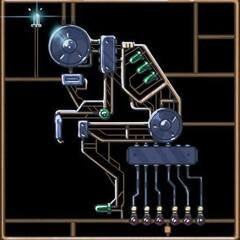Possible to Undo Raid 0?
-
Topics
-
JakubR8 ·
Posted in Graphics Cards0 -
Cyber Akuma ·
Posted in Power Supplies1 -
CARB0RN ·
Posted in New Builds and Planning2 -
Real_Smoky ·
Posted in Phones and Tablets0 -
Ashley_1231231 ·
Posted in Troubleshooting0 -
ArushM ·
Posted in Troubleshooting2 -
0
-
BetterThanA4090 ·
Posted in New Builds and Planning4 -
0
-
1
-







.thumb.webp.18f17f24529690e8c9d87c9536c3d2c9.webp)








Create an account or sign in to comment
You need to be a member in order to leave a comment
Create an account
Sign up for a new account in our community. It's easy!
Register a new accountSign in
Already have an account? Sign in here.
Sign In Now